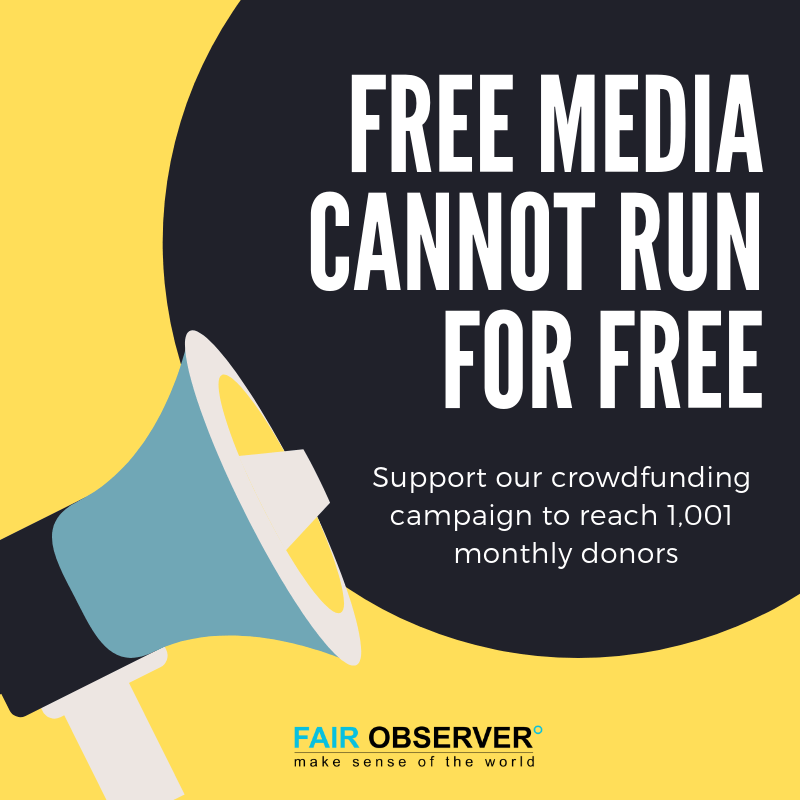The diamond industry is responding to consumer demand for ethically sourced stones that are conflict-free.
Valentine’s Day is a celebration of love — and money. Americans will spend nearly $21 billion on sweet things for their sweethearts this year, according the National Retail Federation. And the biggest chunk of that change — $3.9 billion — will go toward something sparkly. Jewelry purchases top the list, especially diamonds. Most buyers are familiar with the four Cs — cut, color, clarity and carat weight — which have been part of consumer education for decades. But now there’s a new letter joining the lexicon: O, for origin.
Today’s shoppers are particularly interested in diamonds that are ethically sourced, ensuring they are not buying conflict or “blood” diamonds used to fund insurgencies or warlords. That interest has led to greater transparency in the diamond industry and a surprising increase in sales of lab-created or synthetic diamonds, once considered an inferior product.
The Knowledge@Wharton radio show on SiriusXM invited three experts to discuss what is trending in the diamond industry this year. Anne Bowers is an associate professor of strategic management at the University of Toronto’s Rotman School of Management; Ajay Anand is the founder of Rare Carat, which helps shoppers research the diamonds they want to purchase; and Patricia Syvrud is a program development manager for minerals, materials and society at the University of Delaware and former executive director of the World Diamond Council. The following are key points from their conversation.
Get on the Blockchain Gang
The jewelry industry is responding to the demands of curious customers who want to know more about where their diamonds come from. Pretty is no longer enough; jewelry shoppers are no longer satisfied with simply walking out of the store with something that appeals to their eye and wallet. They want real information.
“Historically, consumers haven’t really had that much of an awareness,” Bowers said. “Anything about the ring is what they experience in a jewelry store. But there is so much more information available to them now, both because companies are sharing information, but also because of what is available on the internet.”
Technology has prompted the biggest changes in the industry. Suppliers and sellers are using blockchain technology to track the stones from mine to store. Blockchain is considered secure, so shoppers can have confidence in the data.
The Gemological Institute of America provides identification numbers for retail diamonds, and Anand’s company uses that ID number to help his customers search jewelry pieces. “If we are able to query their blockchain and find history information for that diamond, we can reflect that to the consumer,” he said. “There is definitely growing awareness across the consumer base and demand for that kind of information as well.”
Syvrud said 99% of all diamonds on the market are conflict-free, largely because of legislation implemented by the United States and the European Union mandating that publicly traded companies have transparent supply chains. The legislation applies to metals and other materials, but the diamond industry is adhering to the same standards.
“The industry created the Responsible Jewelry Council, and its voluntary chain of custody standards allows the industry to have a system to address non-legislated sectors of the jewelry supply chain, like diamonds and color gemstones,” she said.
Savvy Millennials Are Driving Change
Like ethically sourced coffee and sustainably made blue jeans, diamonds are being subjected to the same scrutiny from shoppers who are aware of the larger impact of their choices and who want to make purchasing decisions that are good for the environment and society. That shift is being driven by millennials, and Anand holds himself up as an example.
Two and a half years ago, he was just a guy trying to buy an engagement ring, he noted. He quickly realized how complex — and expensive — the diamond-purchasing process is for the average consumer. He knew data-driven tools that help customers buy shampoo and cars could also help them pick out diamonds.
“Consumers are just much more empowered than previous generations, and it has tipped the balance in an industry that has historically favored the jeweler, who is omniscient,” he said. “There is huge information and symmetry between the two that the gap is narrowing.”
Consumer curiosity creates “interesting opportunities” for the industry, according to Bowers. “One of the things that I have always thought was very interesting about the diamond engagement ring is that, from a consumer standpoint, it is actually very, very hard to tell what a diamond is,” she said. “You see something on someone’s finger, and it looks sparkly and it looks big and you can discern a shape. But you can’t tell by the naked eye a lot about the diamonds. And this means that the purchase experience is somewhat of a mystery.” There’s a space for the industry to fill as the experience gets demystified because sellers must respond to changing consumer behavior.
Diamonds Aren’t Forever
The current demand for diamonds is outstripping the supply, which creates a bit of a conundrum. “A big concern globally is that mines are finite,” Syvrud said. “They are all going to be mined out eventually, at some point in time. Conceivably, in the foreseeable future. But that doesn’t mean they are not also finding other new sources of gemstones and diamonds globally.”
 The good news is that diamonds appreciate in value, even if it takes some time. Bowers said insurance appraisals for recently purchased diamond jewelry is typically 20% higher than what the item would fetch in resale. But if consumers hold on to those pieces for, say, 30 years, they will get back what they paid for them.
The good news is that diamonds appreciate in value, even if it takes some time. Bowers said insurance appraisals for recently purchased diamond jewelry is typically 20% higher than what the item would fetch in resale. But if consumers hold on to those pieces for, say, 30 years, they will get back what they paid for them.
Still, it can be tough to sell a diamond ring associated with a divorce or death, even if it has held its value or appreciated. “One of the things that is interesting about the diamond market is historically there hasn’t been that much of a secondary market,” Bowers said. “That is in part because we attach this enduring value to diamonds, right? The idea of purchasing somebody’s used diamond makes people very uncomfortable.”
A recent report from the International Grown Diamond Association hailed 2018 as a landmark year for lab-created diamonds and projected sales to grow rapidly this year.
“Once consumers hear that lab-grown diamonds are legitimate, authentic and chemically, visually and structurally identical to mined diamonds, not to mention less expensive and less damaging to the environment, people want them,” market researcher Pamela Danziger wrote in Forbes.
Indeed, the interest in synthetic diamonds is strong, especially as better manufacturing processes bring prices down. But the experts said they are putting their confidence in what’s real, rather than what’s just really shiny. Anand pointed out that the sales percentage of lab-created diamonds compared to natural stones is in the “low single digits.”
“Long story short, I kind of see it from a sociological perspective,” he said. “It is a commitment that generally one person is making to another, and that requires a sacrifice. And the sacrifice in our society is financial.”
Bowers agreed, saying market research affirms the enduring popularity of natural stones. “Even though we may know that, yes you want to get a good deal on it, there is still something socially that feels a little awkward about saying, ‘Honey, I love you tremendously. I got this really excellent, extreme bargain-basement synthetic diamond. It’s just like real, like our love, which is also apparently synthetic.’”
Synthetic diamonds may have the same chemical, physical and optical properties as real diamonds, but they are two very different products, Syvrud said. A majority of consumers still like the feel of real. “There is going to be a market for people who want the allure of a natural material that was created in the earth, and I don’t see that changing.”
However, all three experts said they expect greater use of lab-created diamonds and colored gemstones in non-wedding jewelry in the coming years. It seems shoppers don’t mind synthetic stones, as long as they aren’t in their engagement rings. Lab-created rubies, sapphires and emeralds have been sold for decades at chain jewelry stores.
“For jewelry, I think it is very interesting,” Anand said about synthetic diamonds. “And I think that everybody is taking it very seriously at this point.”
*[This article was originally published by Knowledge@Wharton.]
The views expressed in this article are the author’s own and do not necessarily reflect Fair Observer’s editorial policy.
Support Fair Observer
We rely on your support for our independence, diversity and quality.
For more than 10 years, Fair Observer has been free, fair and independent. No billionaire owns us, no advertisers control us. We are a reader-supported nonprofit. Unlike many other publications, we keep our content free for readers regardless of where they live or whether they can afford to pay. We have no paywalls and no ads.
In the post-truth era of fake news, echo chambers and filter bubbles, we publish a plurality of perspectives from around the world. Anyone can publish with us, but everyone goes through a rigorous editorial process. So, you get fact-checked, well-reasoned content instead of noise.
We publish 2,500+ voices from 90+ countries. We also conduct education and training programs
on subjects ranging from digital media and journalism to writing and critical thinking. This
doesn’t come cheap. Servers, editors, trainers and web developers cost
money.
Please consider supporting us on a regular basis as a recurring donor or a
sustaining member.
Will you support FO’s journalism?
We rely on your support for our independence, diversity and quality.






